 |
| June 15, 2020 |
Dear Reader,
Scientists have begun to understand a mystery of climate change: the effects of smoke from forest and agricultural fires on the future warming of the Earth and how it influences the behavior of clouds. In coronavirus news, researchers say that smell loss may predict less severe disease less likely to require hospitalization. However, the small number of subjects who were hospitalized and for whom smell data were collected in the study suggests that little can yet be concluded regarding prognosis from smell loss alone. On a more positive note, the sudden loss of smell in COVID-19 may help us understand how SARS-CoV-2 works. And lastly, our lead story is about new research that indicates the eruption of the supervolcano in Yellowstone National Park was even more violent than geologists had thought, but there are hints the hotspot could be waning in intensity. |
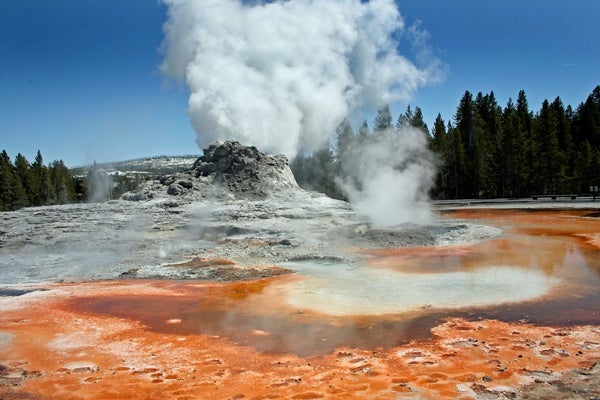 |
| Environment Biggest Ever Yellowstone Eruption Revealed The ancient supervolcano under the national park was much more explosive in its early history and could be slowing down, a new study suggests By Shannon Hall | |
| |
| |
| |
| |
| |
| |
| |
FROM THE STORE
 | | | |
| |
FROM THE ARCHIVE
 | | | |
LATEST ISSUES
 |
| |
| Questions? Comments?  | |
| Download the Scientific American App |
| |
| |



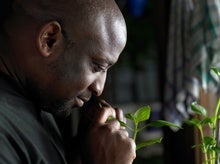
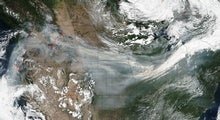
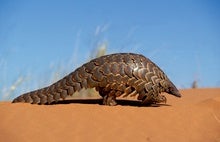
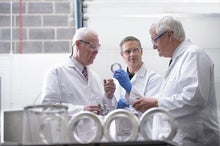
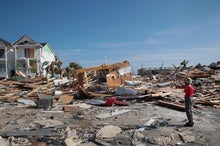
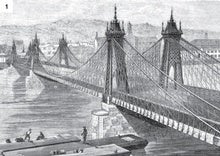
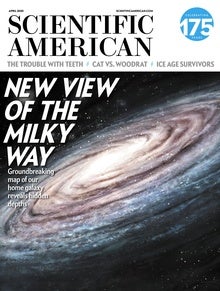

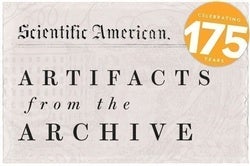
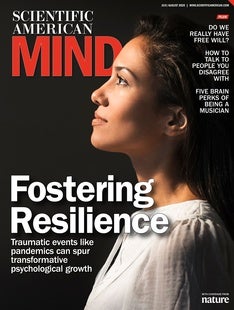

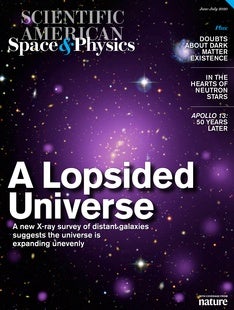
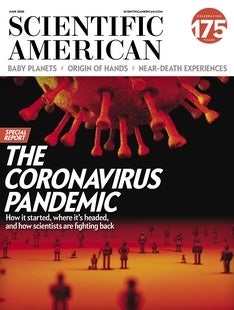
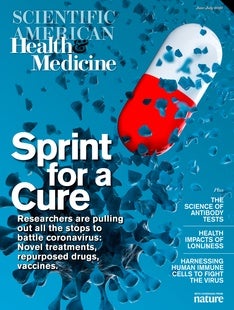



Comments
Post a Comment